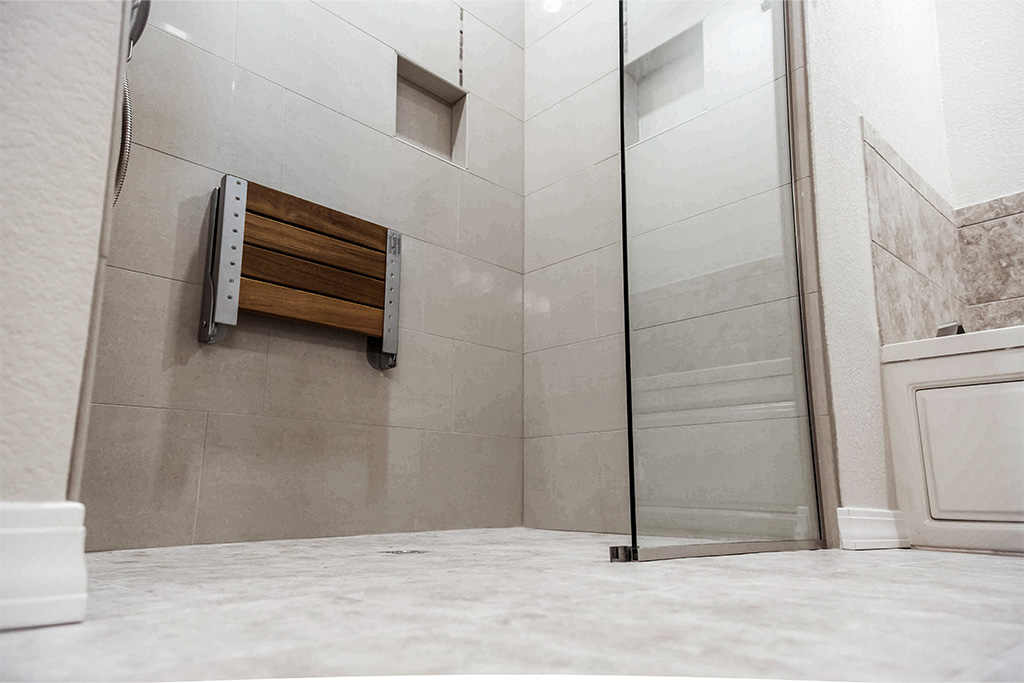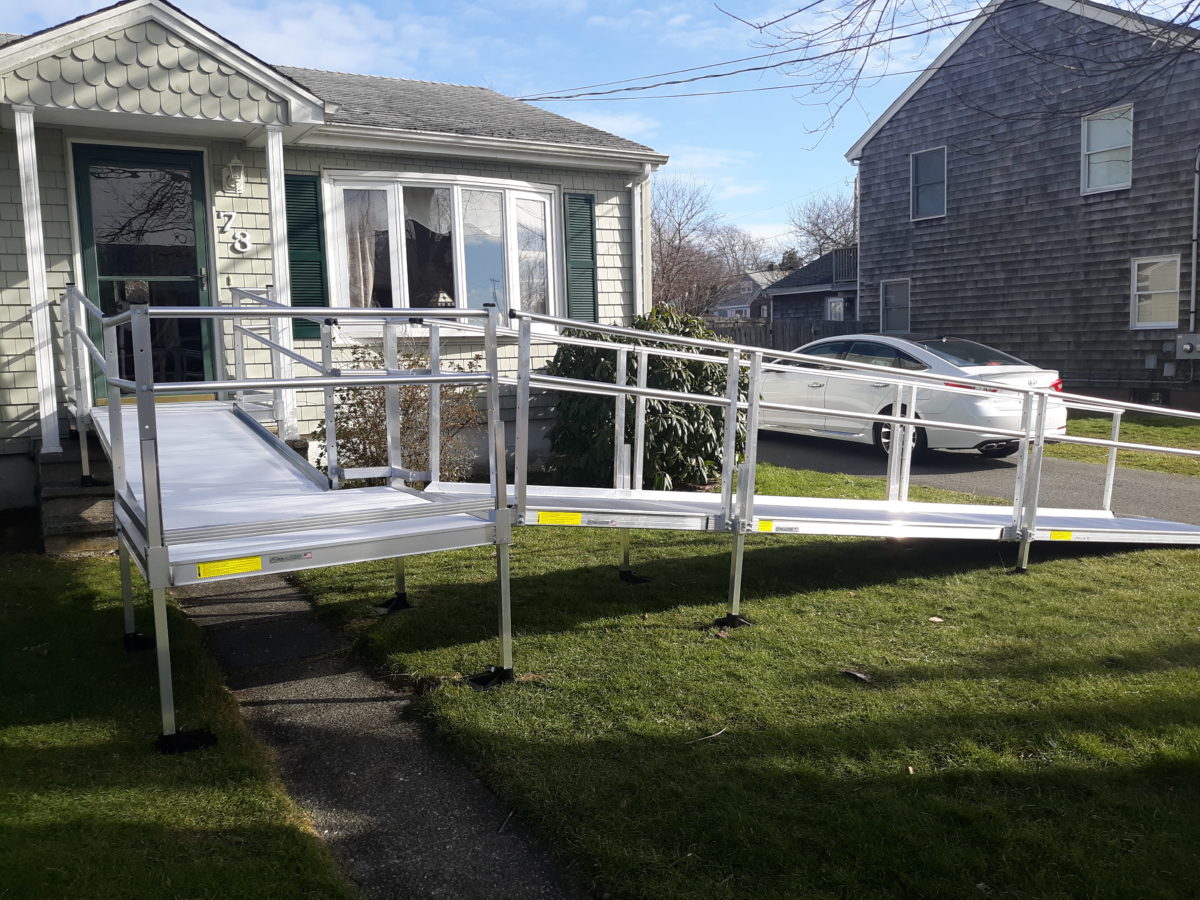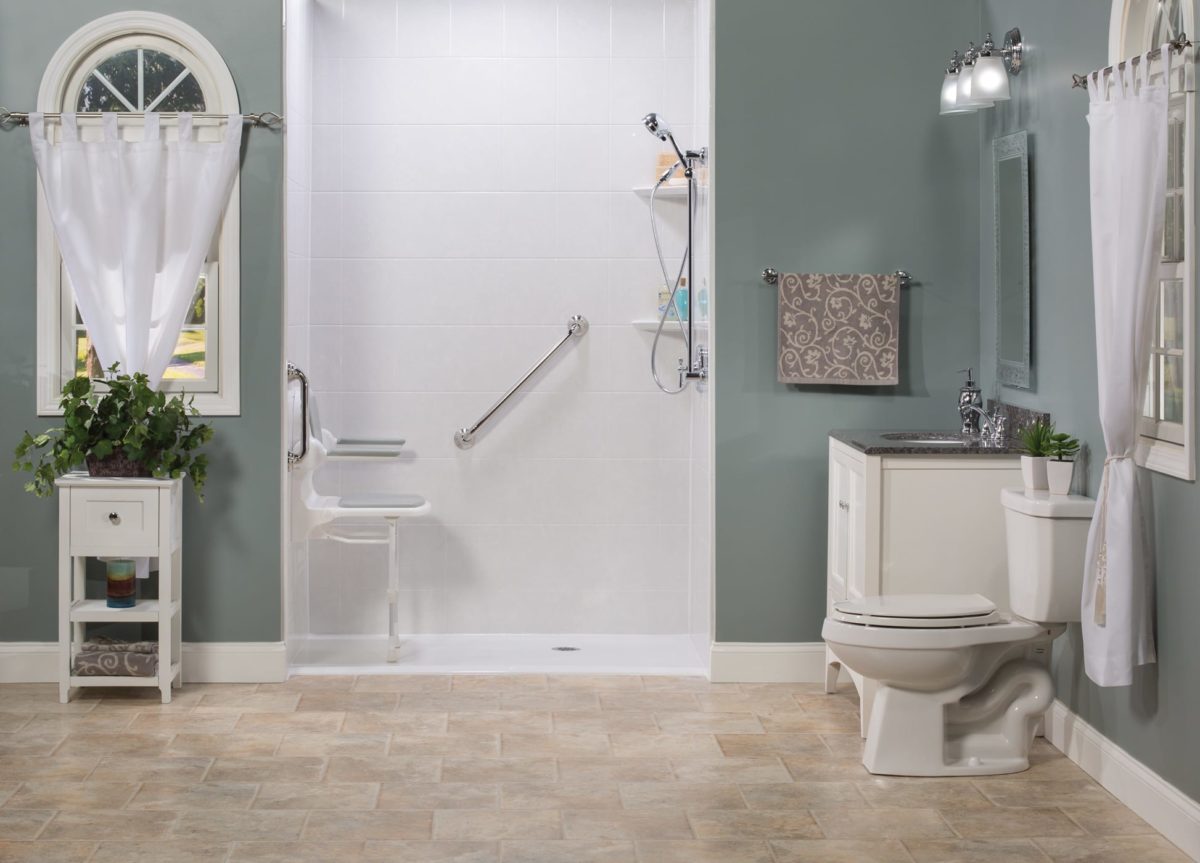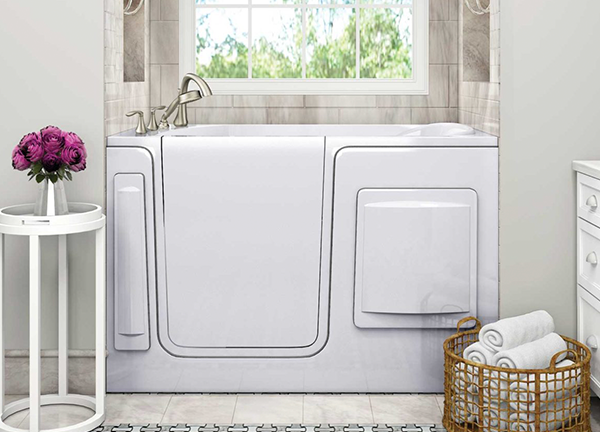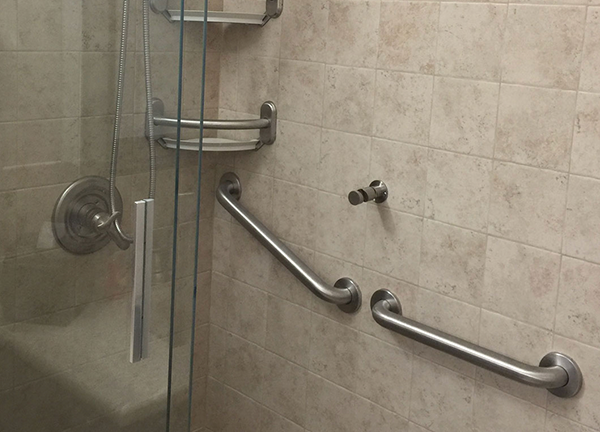Caring for someone with Alzheimer’s is challenging and requires creating a safe and comfortable environment. The bathroom poses significant risks, but walk-in tubs can make a world of difference. The role of walk-in tubs in Alzheimer’s care is crucial for creating a safe bathroom environment.
Understanding Alzheimer’s and Its Impact on Mobility
Alzheimer’s disease affects both cognitive and physical abilities. Individuals may experience balance issues, coordination problems, and memory loss. They might forget how to use everyday items or become easily disoriented. These challenges make typical bathrooms hazardous for them. Adapting the home, especially the bathroom, to meet these specific needs is crucial for their safety and well-being.
Significance of a Safe Bathroom Environment
Traditional bathrooms are risky for those with Alzheimer’s. Slippery floors, high bathtubs, and lack of support can lead to falls and injuries. Statistics show that bathrooms are among the most dangerous places in a home for seniors. For those with Alzheimer’s, the risk is even higher due to impaired judgment and mobility. Creating a secure bathroom environment is essential to minimize these risks and provide peace of mind for caregivers.
Features of Walk-In Tubs for Alzheimer’s Care
Walk-in tubs offer several safety features that make them ideal for Alzheimer’s care. Firstly, non-slip flooring prevents slips and falls, which are common in traditional tubs, especially for those with cognitive impairments who might have difficulty judging surfaces. Secondly, low entry thresholds make it easier to step in and out without lifting the legs too high, reducing the risk of tripping and providing convenience for caregivers who assist with bathing. Additionally, these thresholds often come with watertight doors, ensuring no water leakage. Finally, strategically placed grab bars provide additional support and stability, helping individuals maintain balance and feel more secure while bathing. Some models also include built-in seats, which offer a comfortable and stable place to sit, reducing the strain of standing for long periods. These features collectively make bathing safer, more comfortable, and more accessible for those with Alzheimer’s, enhancing their quality of life and peace of mind for their caregivers.
Creating a Safe Bathroom Beyond Walk-In Tubs
While walk-in tubs are a great start, additional modifications can further enhance bathroom safety. Installing shower seats allows individuals to sit while bathing, reducing fatigue and the risk of falls. Handheld shower heads make it easier to control the water flow and reach different parts of the body without standing up. Proper lighting is also crucial, as it helps prevent disorientation and ensures that the bathroom is well-lit and easy to navigate. Organizing the bathroom to reduce clutter and confusion is another important step in creating a safe environment.
Financial Considerations and Resources
The cost of walk-in tubs and home modifications can be a concern for many caregivers and homeowners. However, there are resources available to help. Some insurance plans may cover part of the cost, especially if the modifications are medically necessary. Additionally, there are grants and financial assistance programs designed to support home modifications for seniors and individuals with disabilities. Researching these options and planning a budget can make the process more manageable.
Role of Walk-In Tubs in Alzheimer’s Care
Creating a safe bathroom environment is critical for individuals with Alzheimer’s. Walk-in tubs, with their safety features, play a vital role in achieving this goal. By reducing the risk of falls and injuries, they help individuals maintain their independence and dignity. Caregivers and homeowners should consider these modifications as part of their care plan. For more information and support, reach out to us at Home Mobility Pros, where we offer expert guidance and resources to help you make informed decisions and create a safer living space for your loved ones.
Investing in a walk-in tub and other bathroom modifications is an investment in safety and quality of life. It shows a commitment to providing the best care possible for individuals with Alzheimer’s. By taking these steps, caregivers can create an environment where their loved ones feel secure and supported. Remember, you are not alone on this journey. There are resources and professionals available to help you every step of the way. Prioritize safety, and make informed decisions to enhance the well-being of those in your care.

